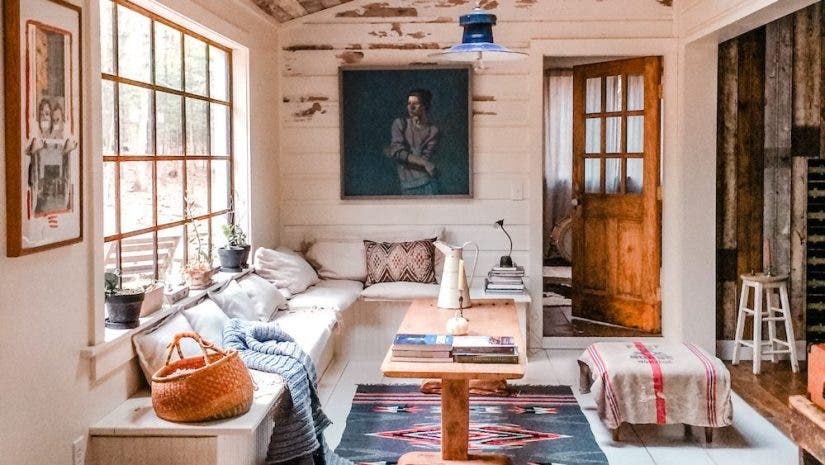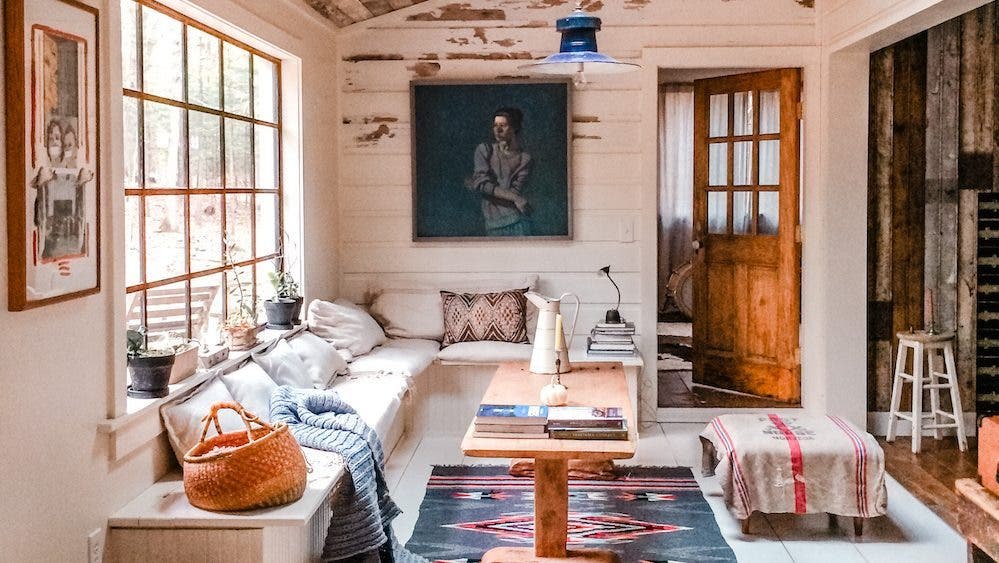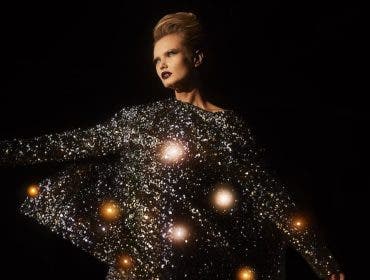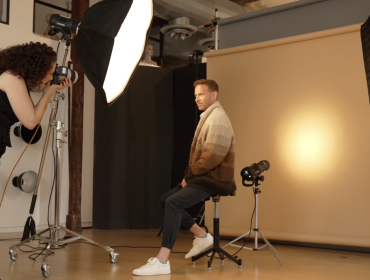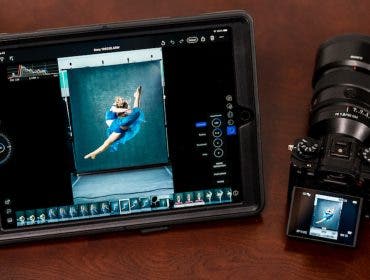Natural light photography means you are using the ambient light available to you — usually from the sun or moon — without adding any artificial light yourself. Although, the natural light can be manipulated using reflectors and other equipment. It’s quite a challenge but, once you harness it, using natural light can certainly pay off.
Natural lighting is a whole other beast compared to artificial light. I love using it to create an authentic and, well, natural look — whether I’m shooting outdoors or using it to highlight products in its natural surroundings.
You may have heard that golden hour is the best for shooting, but did you know that clouds can also help? I’ve put together a list of tips for shooting with natural light at different times of the day.
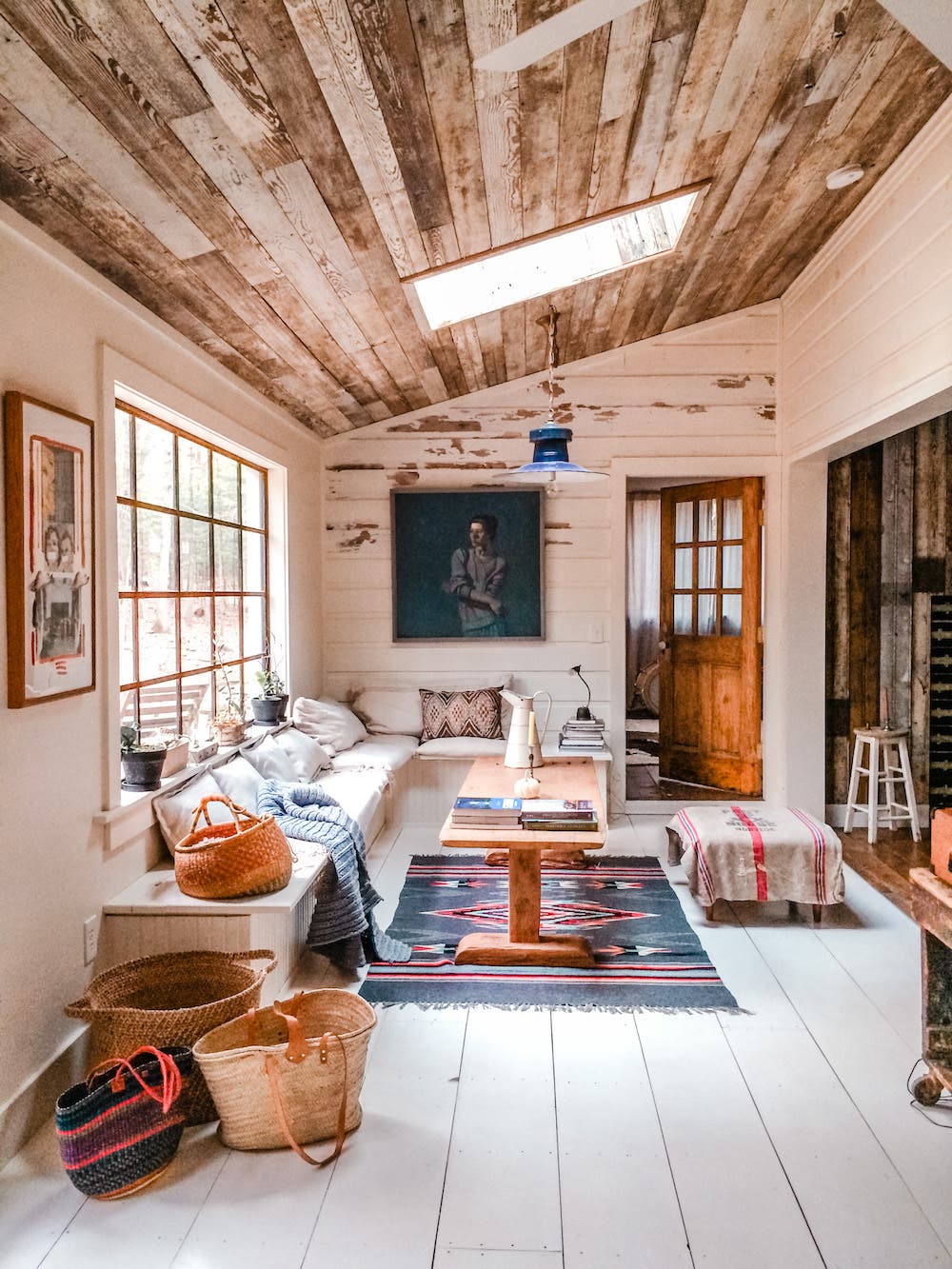
Tips for Using Natural Light
Do Some Weather Research
Look at the weather reports! The biggest obstacle when it comes to natural light photography is your inability to control the weather. Doing your research also means looking at specific times. Will it be sunny in the morning? Is the afternoon overcast? It may not mean that you need to postpone the shoot, but it will help you be prepared.
Play with Shadows
Using natural light doesn’t just mean using it to light up your subject. Bright sunlight creates some amazing shadows to play around with, they may even become the subject of your photographs! I don’t just mean people’s shadows either. How does the corner of a building reflect and hide from the sunlight? Use the lighting as a tool to create some beautiful compositions.
Know Your Timings
Along with weather, the time of day also affects the natural lighting you will get. Sunrise is warm and yellow. Midday is cooler, whiter light as the sun is higher in the sky. Then, in the evening you’ll get blue hour.When I’m shooting products, I prefer to shoot before noon or when it’s overcast so there’s little to no shadow. If you want something a little moodier, the afternoon is better.
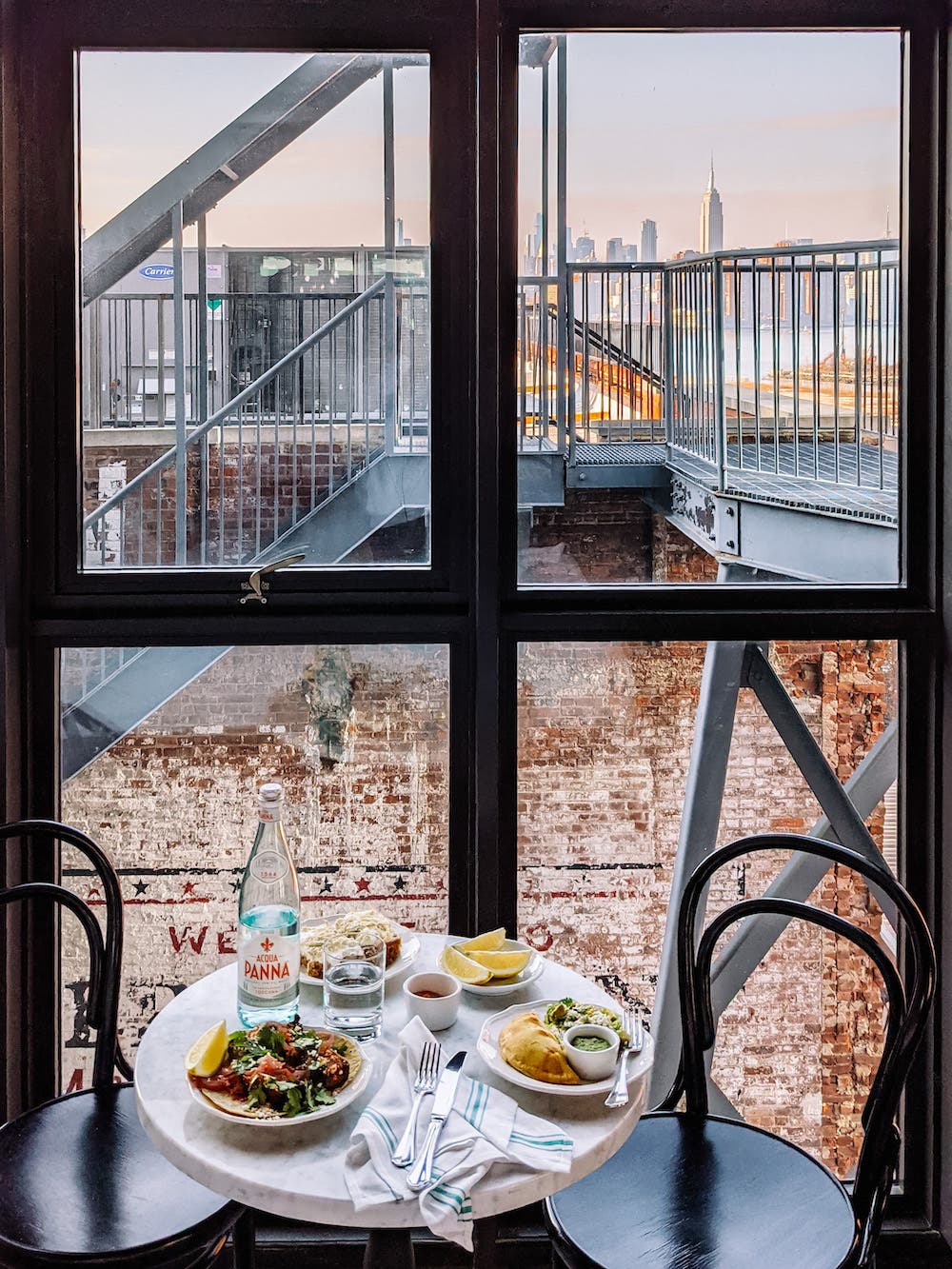
When to Avoid Shadow
I’ve spoken about using shadow to your advantage, but you also need to know when to avoid it. When shooting products or portraits, you want to try and get rid of shadows unless they are part of the composition. Think about the direction of the light. If it’s hitting the side of a person’s face, then their nose might cast a shadow. If it’s above, their eyebrows might make their eye sockets darker.
Manipulate the Light
When using natural light, it’s okay to manipulate it. Using reflectors can help get rid of unwanted shadows. It is also a helpful tool to use if the light direction is going where you want it to. It’s one of the only ways to control natural lighting. Reflectors are usually light and pack up small, so it’s easy to carry around.
Shoot Indoors
Some of my favourite shots with natural light have been shot indoors using light from huge windows. You can make your subject glow by placing them closer to the window, where the light can highlight the areas closest to the light. For something more dynamic, place them further away so the light creates more shadows.
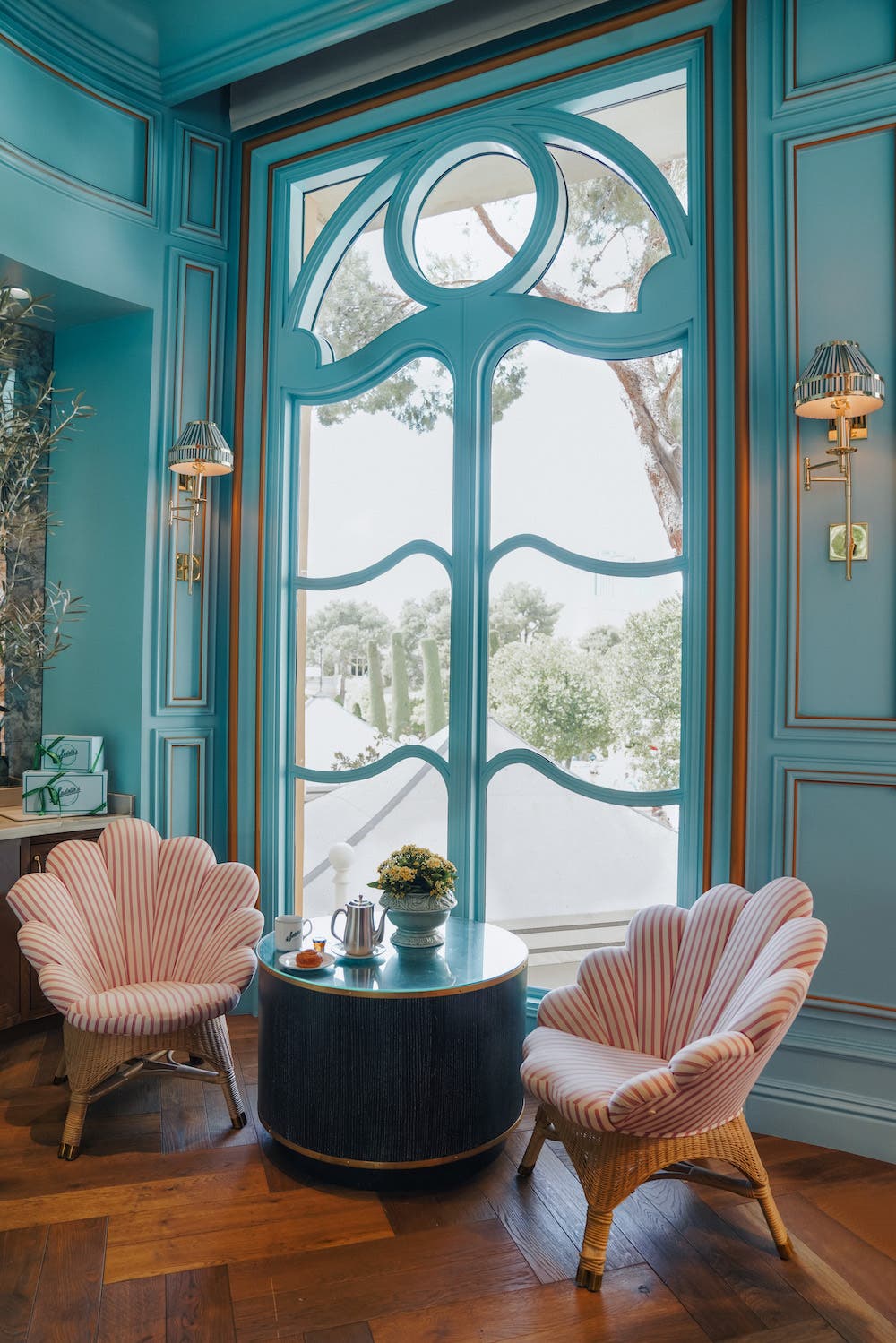
Sunrays and Flare
My favorite way to capture the magic of sunlight is to find spaces where sun rays filter through things like trees and clouds. This is a great way to make the sun your subject. Light can twinkle through leaves, or create a spotlight when it bursts through branches. You can also shoot into the sun and embrace the flare it creates. Some photographers might cringe at this but, when done right, it can look magical.
Don’t Forget the Moon
Although certain circumstances have to come together to shoot in the moonlight, it’s still worth noting. A full moon and clear sky is the absolute ideal for a nighttime shoot. And if it’s something you’re passionate about, it’s worth chasing! Think big and maybe try heading north to catch the Northern Lights too. The sky is the limit.
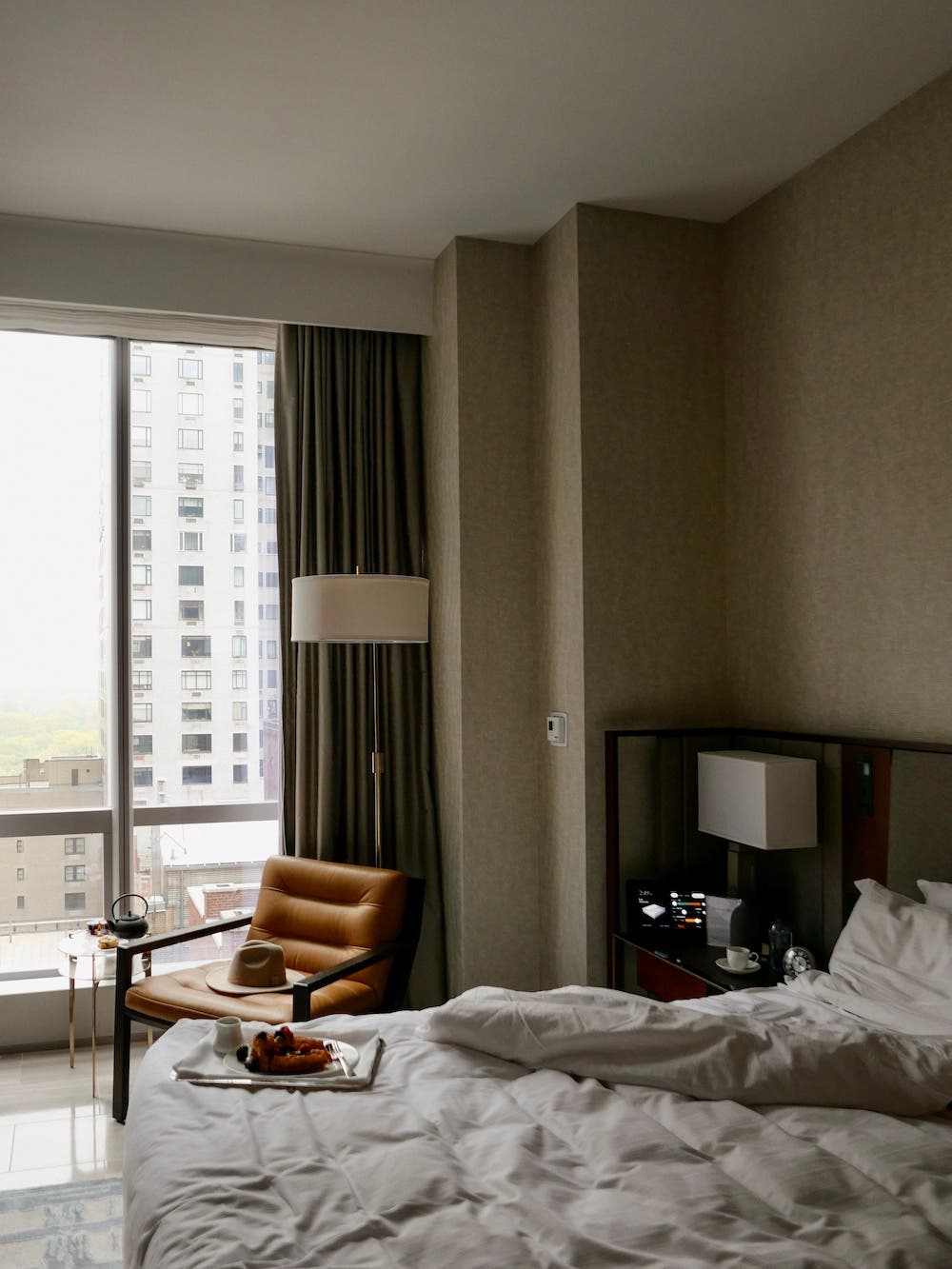
Know Your Equipment
This makes it onto all of my lists. Where you cannot control the light, you can manage your camera settings. The two elements I recommend you get familiar with are the white balance and exposure. In the editing stages, these two things are difficult to correct if done wrong. The more you practice using them, the more instinctive it will become.
Edit, Edit, Edit
Another tip that always makes it to my list is editing. Post-production isn’t cheating — it’s necessary. If you’ve done everything right to this point, it will be really easy. If you are new to editing, there are a lot of presets you can buy for natural light photography. But, the more you play around with edits yourself, the more you will develop your signature style.
